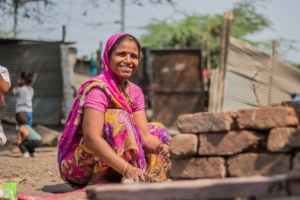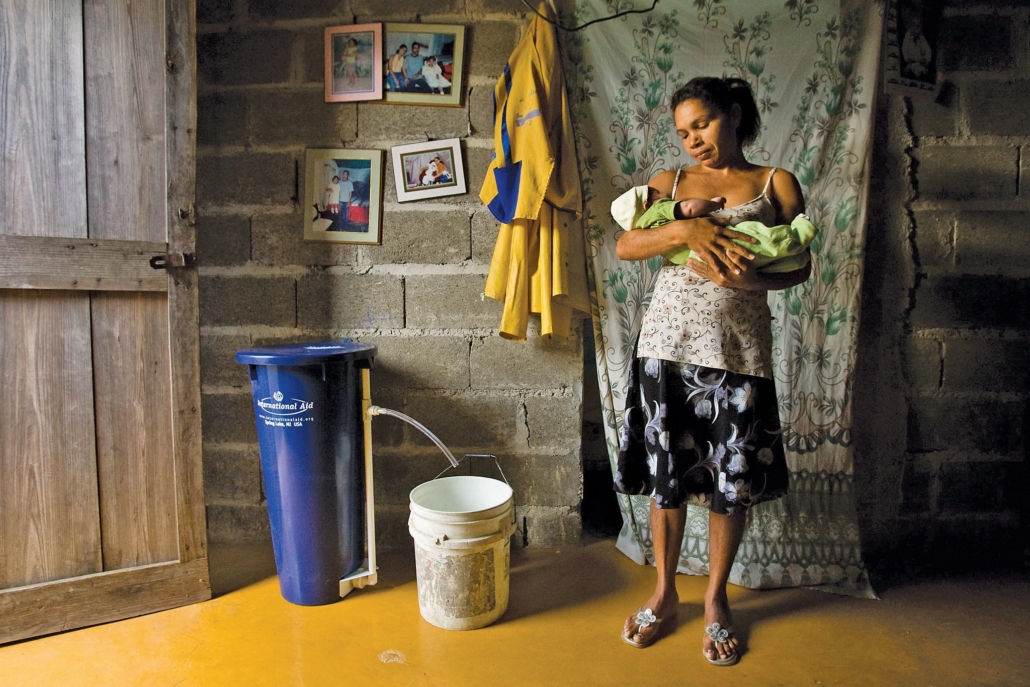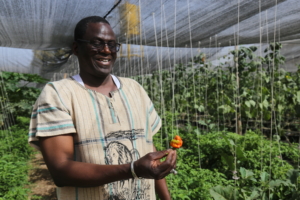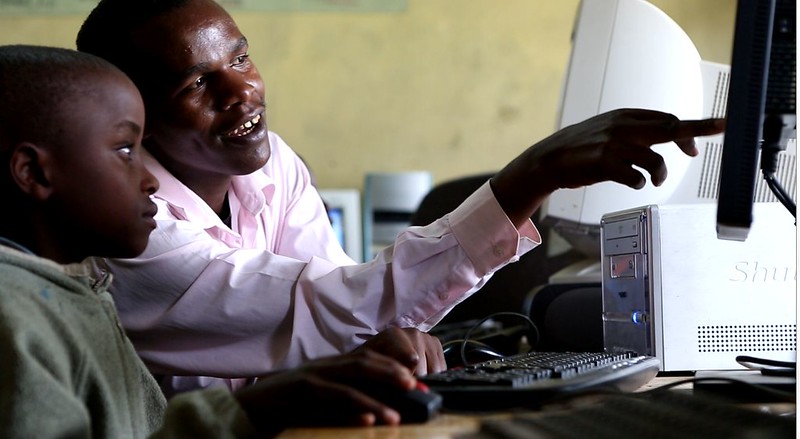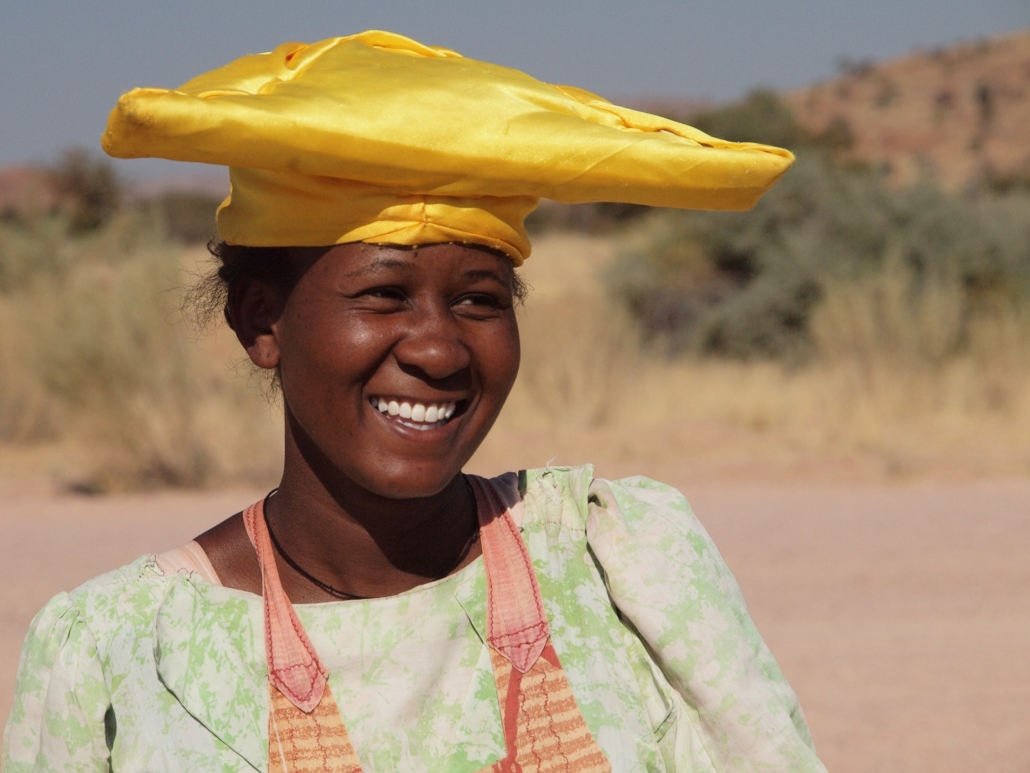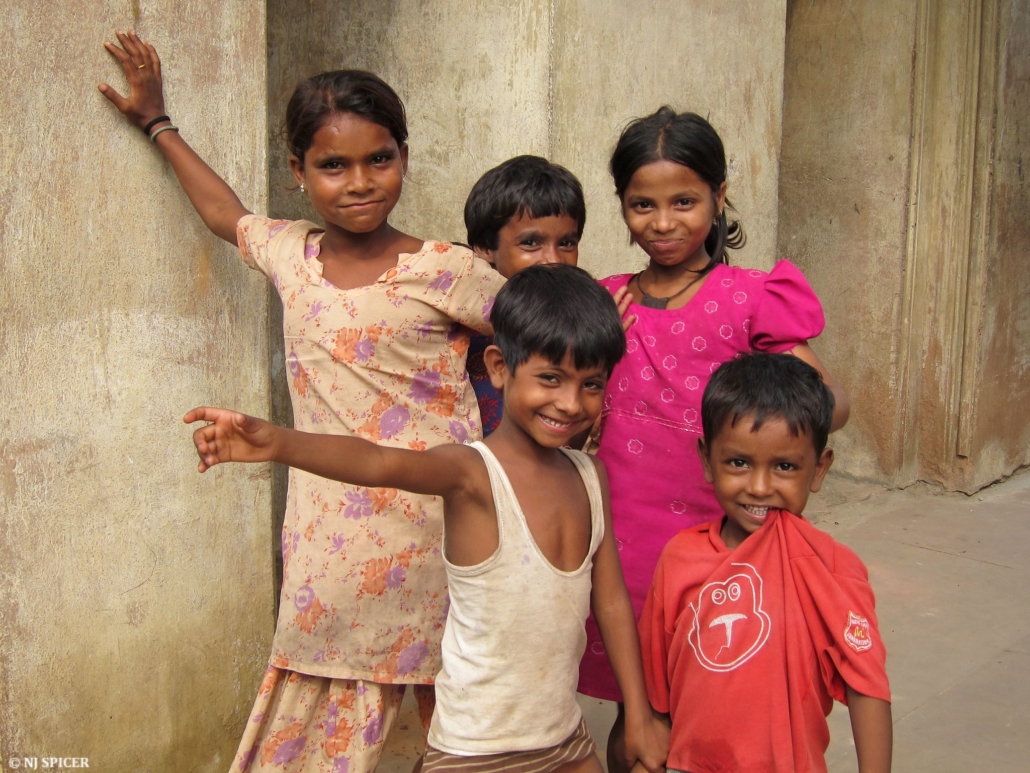
People often say that necessity is the mother of invention. However, communities that require innovations do not always see enough of them. Due to a lack of access to resources, many rural communities suffer an endless cycle of poverty and poor living conditions. Several nonprofit organizations in India are conducting social entrepreneurship journeys for college students as a means of countering the problem that most brilliant, young minds in the country are focusing too much on the big picture rather than on how empowering the poor can build a stronger nation. They are doing this to imprint the minds of the youth and shift their focus to innovation for the sake of uplifting rural communities. Here are examples of three of such journeys.
Jagriti Yatra
A charitable nonprofit organization called Jagriti Sew Sansthan started Jagriti Yatra, which is the largest of its kind in India. It is an extensive, 15-day, roundabout journey across several of the nation’s rural landmarks. The journey spans for about 8,000 kilometers across the length and breadth of India to expose youth to several grassroots problems and inspire them to be the face of innovation.
Yearly, 500 college students who clear a rigorous selection process, undertake this life-changing journey. They have the opportunity to meet several role models and social entrepreneurs who strived against unfavorable societal conditions (like poverty, hunger and lack of educational facilities) to take charge and innovate sustainable business models for their social enterprises.
Bunker Roy from Barefoot College, a voluntary research organization that works on bettering health, educational facilities and skills of the rural population, and Anshu Gupta from Goonj, an innovative nonprofit that focuses on providing clothing as a basic need among other things, are a couple of role models who are working with Jagriti Yatra to inspire the students. They are demonstrating how students can contribute to alleviating poverty and bettering living conditions in rural India.
LEad Prayana
The LEaders Accelerating Development (LEAD) program is a brainchild of Hubbali, Karnataka’s Deshpande Foundation that Mrs. Jaishree Deshpande and Dr. Gururaj “Desh” Deshpande founded. From thousands of applicants, the program selects 120+ college students based on their passion for solving problems and compassion towards the society they live in.
The on-road, 14-day journey includes activities that challenge the students’ innovative abilities and encourages them to partake in mini-projects that have environmental, social and humanitarian value. The students participate in several panel sessions that successful social entrepreneurs conduct like Madhu Chandan of Organic Mandya, a social movement that encouraged the farmers of Mandya, Karnataka to practice organic ways of farming to yield healthier produce.
ShodhYatra
What sets ShodhYatra apart from the rest of social entrepreneurship journeys is its unique mode of transport, which is nothing but human feet. Anil Gupta, a retired IIM professor, founded ShodhYatra. This journey of search spans about 100 kilometers on foot and occurs in various parts of the country. The participants get a chance to view and analyze the shortfalls in rural communities first hand and sometimes also come across innovative solutions that the villagers put into action.
Gupta calls this journey a two-way street rather than a one-sided one, where urban and rural communities exchange knowledge. Being the founder of Honey Bee Network, he propagates that humans can benefit from lateral learning without exploitation of either party, just like how honey bees thrive from collecting honey without impoverishing the flower.
While undertaking such journeys, the participants, who are usually from the urban areas of the country, have no choice but to shed their inhibitions, interact with the locals and understand the human ability to adapt and that, indeed, is the prime reason to innovate. All these journeys primarily work on the concept of social entrepreneurship, which not only focuses on bettering living conditions across the country but also on building sustainable business models while doing so.
– Reshma Beesetty
Photo: Flickr
 Renewable energy in Brazil is nothing new. For decades, the country has been a leader in producing some of the world’s largest quantities of ethanol, an eco-friendly fuel source for vehicles. Recently, Brazil invested in expanding their renewable energy sources by creating huge wind power plants and high-tech solar panels. This lowered the nation’s carbon emissions as well as creating countless jobs for citizens. With fewer fossil fuels being burned, air pollution becomes minimal, resulting in a healthier, happier way of life. Here are five facts about renewable energy in Brazil.
Renewable energy in Brazil is nothing new. For decades, the country has been a leader in producing some of the world’s largest quantities of ethanol, an eco-friendly fuel source for vehicles. Recently, Brazil invested in expanding their renewable energy sources by creating huge wind power plants and high-tech solar panels. This lowered the nation’s carbon emissions as well as creating countless jobs for citizens. With fewer fossil fuels being burned, air pollution becomes minimal, resulting in a healthier, happier way of life. Here are five facts about renewable energy in Brazil.
